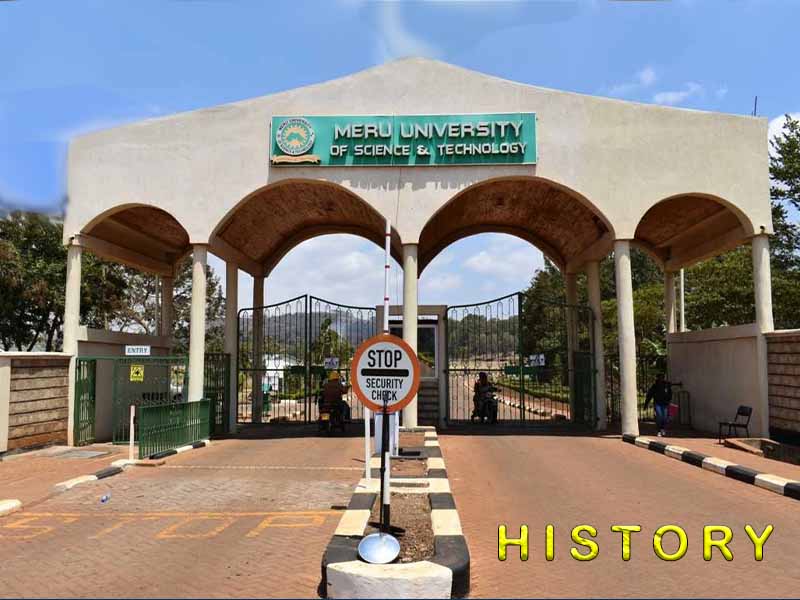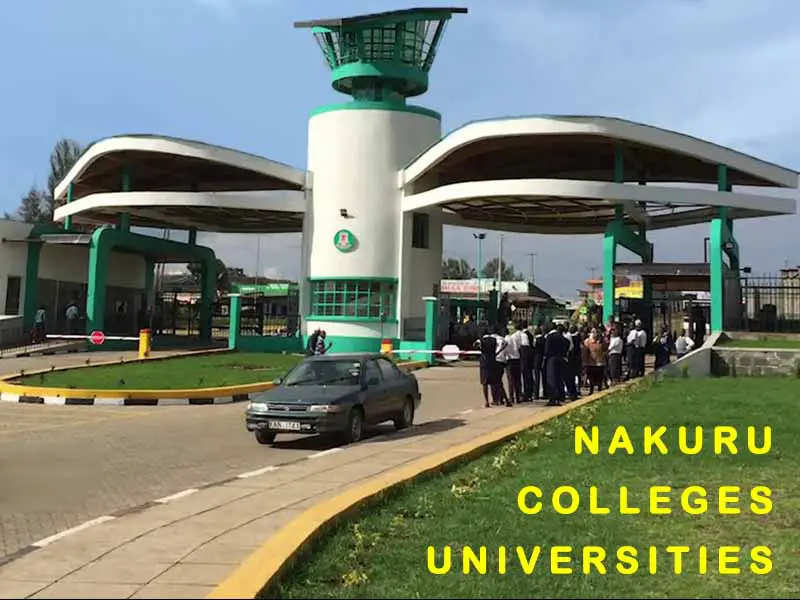Meru University of Science and Technology located in Meru County, Kenya is among the most prestigious higher learning institutions in the country. The history of Meru University dating back at least five decades goes on.
The founders of MUST had in mind the world-class University of excellence in Science and Technology that it is today.
History of Meru University since the 1960s
MUST seeks to provide quality University education, training and research in Science, Technology and innovation.
When was Meru University started?
1. Establishment of Meru University in the early 1960s
The background of Meru University indicates that Ameru leaders led by the Njuri Ncheke Council of Elders started the institution in the 1960s.
The community would set aside 641 acres of land near the Njuri Ncheke Shrine at Nchiru for the said institution of Higher Learning.
Where is Meru University located? Meru University of Science and Technology is situated near Nchiru Market, 15 kilometres from Meru Town, along Meru- Maua Road.
2. Launching Meru College of Technology in 1983
Community fundraiser initiated the Meru College of Technology (MECOTECH) in 1983.
The community college offered diploma and certificate courses in agriculture, motor vehicle engineering, building and construction management.
Other courses included IT, business administration, electrical engineering and masonry.
3. Upgrade to a constituent college of JKUAT in 2008
A legal notice dated 2008 resulted in the incorporation of Meru College of Science and Technology as a Constituent College of JKUAT University.
The college primarily focused on offering science and technology-related programs to students in the region
4. Transition to a fully chartered University in 2013
Meru University College received a charter to become a fully-fledged university in 2013.
The varsity has since gained greater autonomy in terms of academic programs, governance, and decision-making.
5. Academic growth and expansion
With its new status as a university, MUST expanded its academic offerings to include a wider range of programs in various fields of study.
It aims to provide high-quality education and research opportunities to students in the region and beyond.
6. Facilities and infrastructure development
Over the years, Meru University has invested in the development of its campus infrastructure, including modern classrooms, laboratories, libraries, and administrative buildings, to support its growing student population and academic programs.
7. Research, innovation, and community engagement
The university has also emphasized research and innovation, encouraging both students and faculty members to engage in research activities across various disciplines.
MUST has actively engaged with the local community through outreach programs, partnerships with local institutions, and initiatives aimed at addressing regional development challenges.
The history of Meru University is far-reaching with diverse training programs preparing learning for greater possibilities.
I explore diverse topics with clarity to keep you informed and your businesses profitable. Besides, I am a website developer, ICT consultant, and graduate mechatronics engineer. Lets Chat on WhatsApp.





